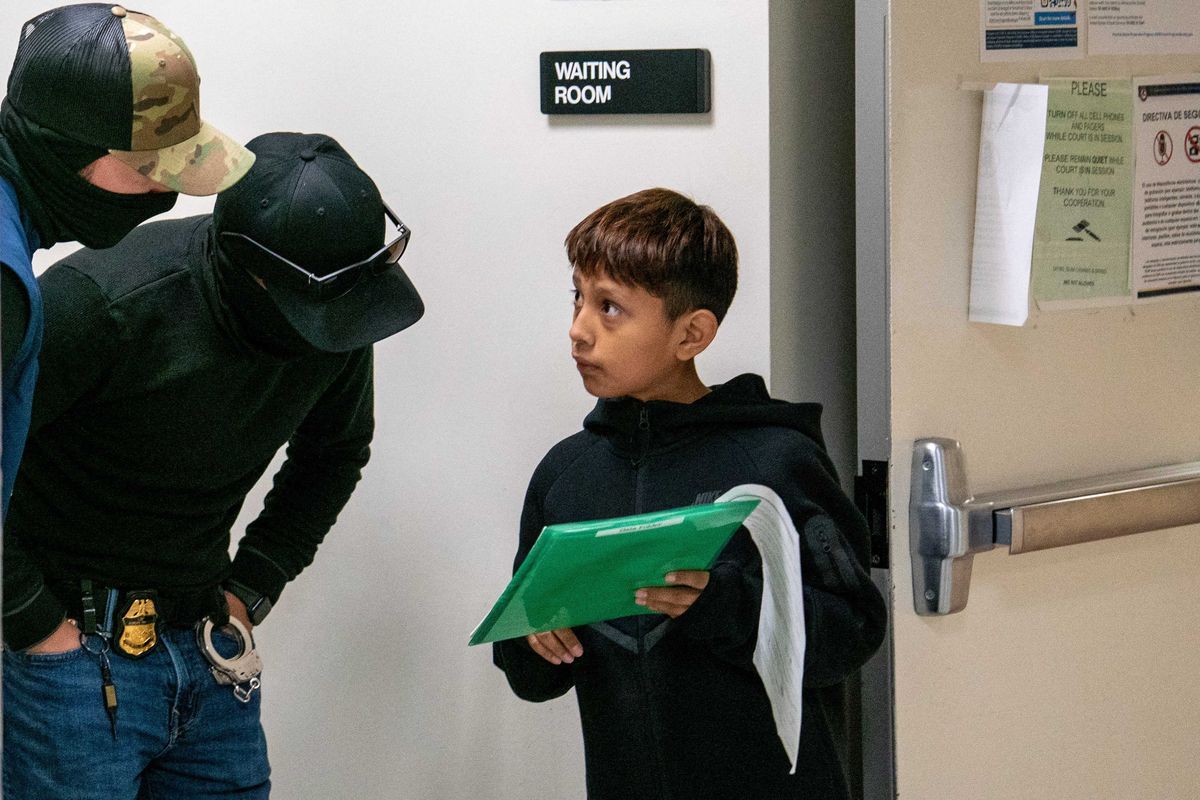I posted this four years ago, but turned comments off. What I didn’t connect at that time was that a...
I posted this four years ago, but turned comments off. What I didn’t connect at that time was that a similar post on my old WordPress blog had dozens of comments on an ongoing basis. People like talking about their typing speed! So, I am reposting this with comments open. Be sure to visit the old post (almost 15 years old) for some amazing comments from keyboard enthusiasts
I get this question a lot from readers and purchasers of my technology curriculum: How fast should kids type? What about Kindergartners? When are their brains mature enough to understand speed and accuracy?
When I reviewed the literature on this subject, it is all over the place. Some say third grade, some leave it until sixth. I say–decide based on your own set of students. Me, I’ve come to conclusions that fit my particular K-8 students. Their demographics include:
- private school
- parents support emphasis on keyboarding
- most have computers at home; actually, most have their own computer at home
- students are willing to practice keyboarding in class and submit homework that is oriented to keyboarding
Based on this set of students, here’s what I require:
Kindergarten
An introduction. We use Type to Learn Jr. We also use Brown Bear Typing as a challenge for students, an activity that moves them into another of their choice. I focus on:
-
- posture
- hand position (hands on the keyboard)
They tolerate TTL Jr. and love Brown Bear. Often, even when they’ve achieved a score that allows them to move on, they continue. When it’s free choice time, they often select this program.
I also use a variety of games to support learning the most common keys on the keyboard–enter, spacebar, backspace, delete, etc.
First Grade
More of the kindergarten introduction, but my focus becomes posture, including general elements of
-
- elbows at side
- feet in front
- hands on home row and their own side of keyboard
And, we move on to Type to Learn midway through the year. This I tell them is the ‘big kids’ program, one they’ll use throughout Lower and Middle School. They love that.
Second Grade
I still don’t time them, but I focus on traits that allow for speedy, accurate typing:
-
- good posture
- elbows at their side to force hands into the correct position
- use thumb for space bar
- hands on home row
- pointers on f and j
- use the finger closest to the key while keeping pointers on f and j
Third Grade-Fifth Grade
We now start on keyboard quizzes for speed and accuracy. We use all of the good traits they’ve acquired in K-2. I give them a five-minute typing test once a trimester. They’re graded on speed and accuracy (though I allow one minute at the end to correct spelling errors using a right-click on the red squiggly lines). As students are typing, I anecdotally notice who is using all fingers. Those that aren’t lose points.
Grading is as follows:
20% improvement: 10/10
10% improvement: 9/10
0-10% improvement: 8/10
No improvement: 7/10
Slowed down: 6/10
I post a list of keyboard speedsters in each class on the bulletin board. I also post the winning class (fastest) for all to see. Students who reach the grade level standard for speed and accuracy get a free dress pass (we are a uniform school). This is quite exciting for them:
Grade level standards are:
K-2 None
3rd Grade: 15 wpm
4th Grade: 25 wpm
5th Grade: 30 wpm
What do you use for Lower School keyboarding? I’d love to hear from you. If you’re a student, you can self-assess using the information above.
Wondering about some of the fastest typists in the world? Check these out:
This video tests different keyboards against great typists to see who comes out on top:
This next great video explains why it’s important to type fast, how this gentleman uses it, and how he achieves his world-record pace:
Click for a list of online keyboarding programs.
Here’s the sign-up link if the image above doesn’t work:
https://forms.aweber.com/form/07/1910174607.htm
“The content presented in this blog are the result of creative imagination and not intended for use, reproduction, or incorporation into any artificial intelligence training or machine learning systems without prior written consent from the author.”
Jacqui Murray has been teaching K-18 technology for 30 years. She is the editor/author of over a hundred tech ed resources including a K-12 technology curriculum, K-8 keyboard curriculum, K-8 Digital Citizenship curriculum. She is an adjunct professor in tech ed, Master Teacher, freelance journalist on tech ed topics, and author of the tech thrillers, To Hunt a Sub and Twenty-four Days. You can find her resources at Structured Learning.

















